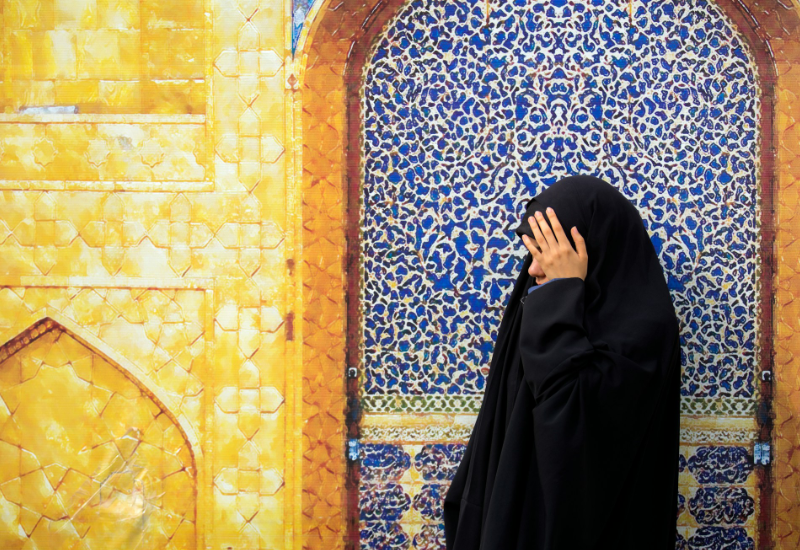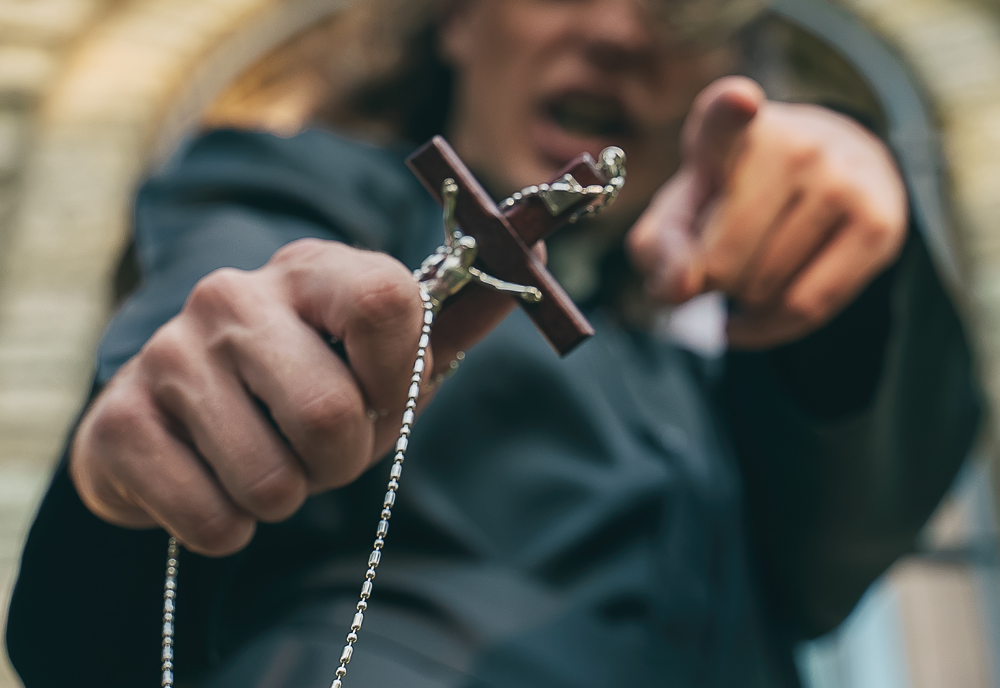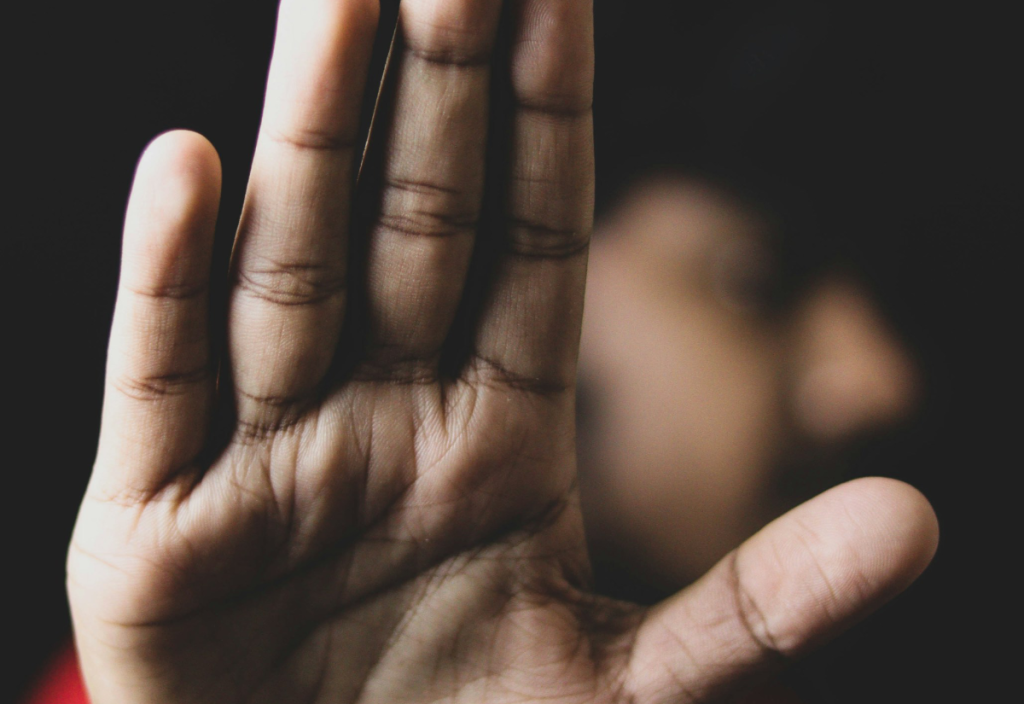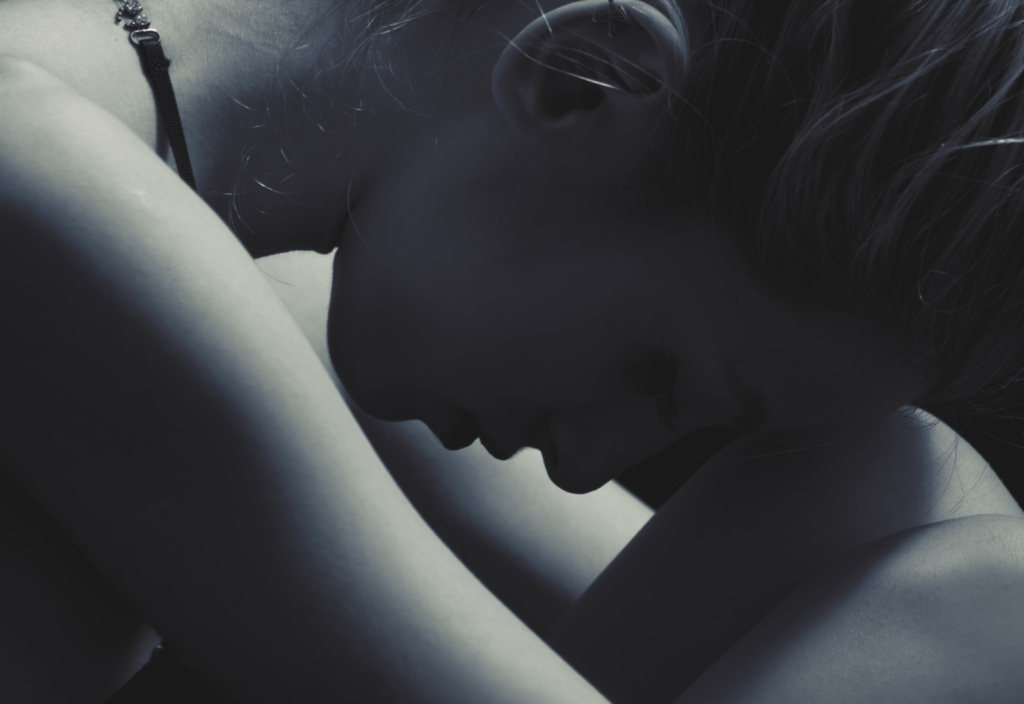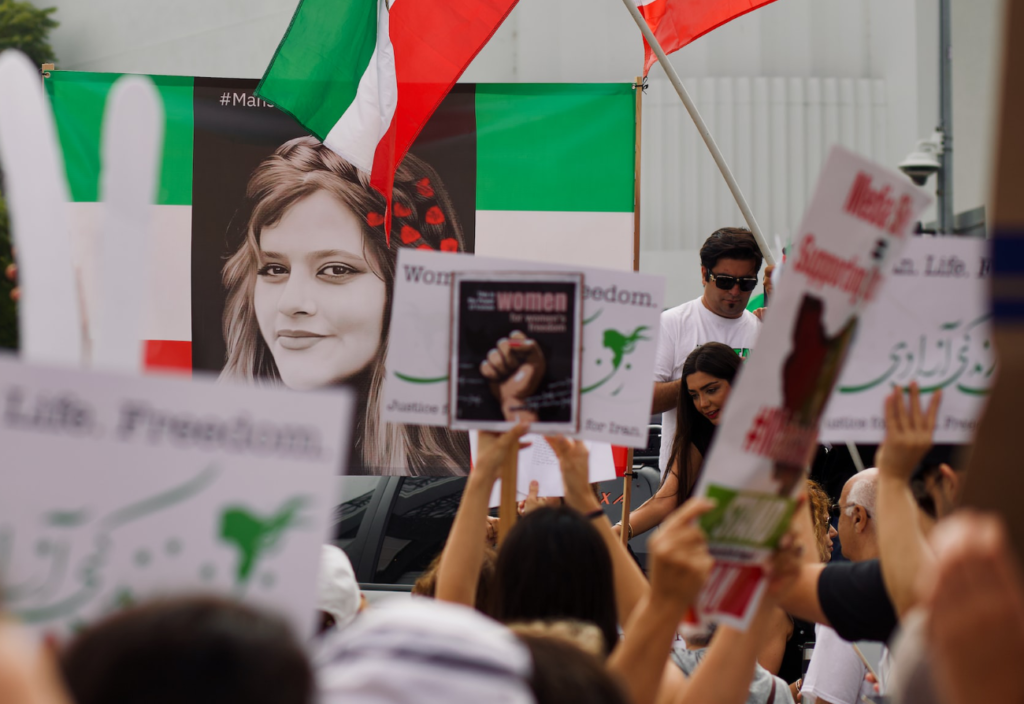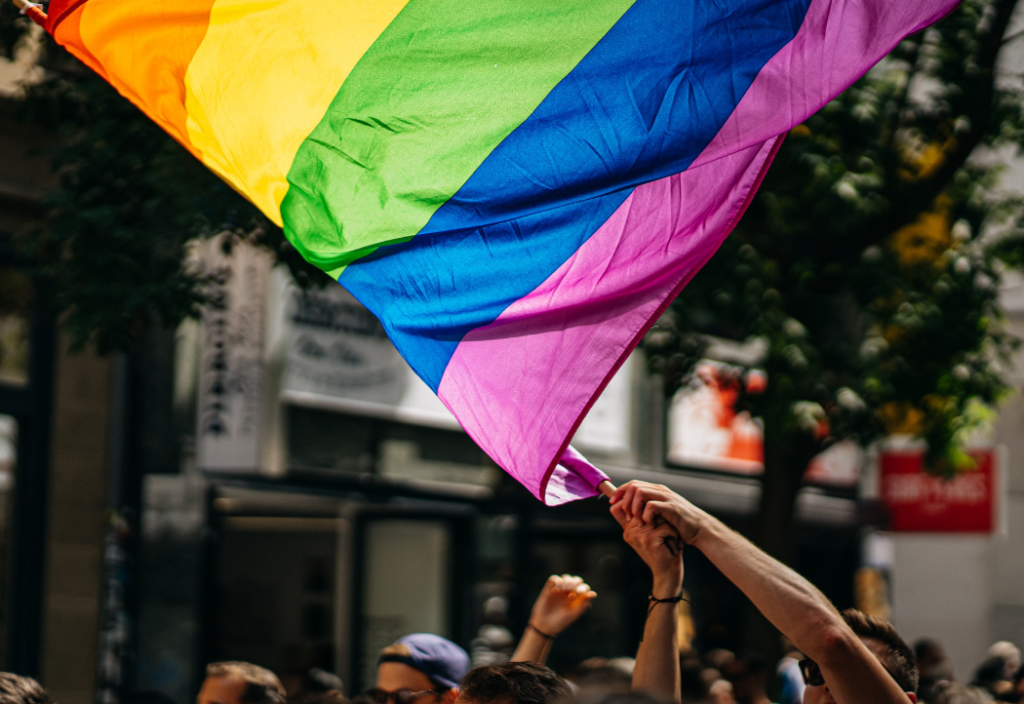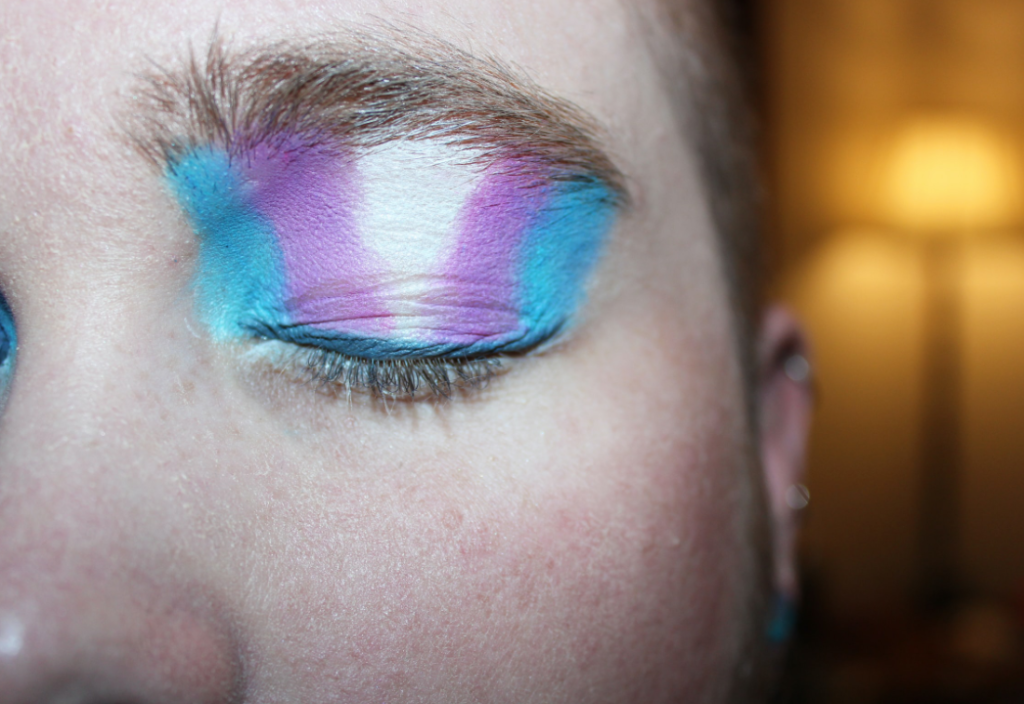Earlier this year, a father defended the attempted so-called ‘honour killing’ of his own daughter in South Australia’s Supreme Court with the chilling words – “she deserved it”.
Incidents like this force us to confront a deeply unsettling question: How could any parent forsake their most fundamental instinct – the safety of their own child – in the name of ‘honour’?
In a country where honour killings are often perceived as distant abominations, the fact that a crime like this happened in Australia should make us reflect on the realities of our modern society.
Honour killing is distinct from other forms of domestic violence, or violence against women, in that honour killing is perpetrated because of a perceived slight.
A family member (usually female) is considered to have dishonoured the family through non-adherence to a preconceived set of ethical values. Family honour is ‘restored’ through the murder of the family member who committed a shameful act.
While most honour killing victims are women, men are murdered in the name of honour too. We need to be aware that female family members can (although rarely) support the male relatives in both the decision to carry out the honour killing and the honour killing itself.
The South Australian case is one of these rarities. Both the mother and sister of the victim pleaded guilty to an aggravated charge of causing harm and false imprisonment, alongside the father, brother-in-law and older brother.
The attack on the 21-year-old woman happened in a shopping centre carpark in Adelaide in November 2021. She was stabbed multiple times with a kitchen knife before being forced into a car and driven to the family home. Here, she was left heavily bleeding before a witness called emergency services and they arrived at the house.
To prevent attacks like this, it’s crucial to understand the psychological mechanisms that drive a parent to commit a violent act against their own children.
Shame, guilt and the fear of social ostracism can override any parental instinct to protect. In some cases, parents may feel immense pressure from their community or extended family to restore their honour through violence.
Honour killings exist in a complex web of cultural, social and psychological factors. They often stem from deeply ingrained beliefs about family honour, gender and the control of female sexuality.
In some cultures, women are seen as solely responsible for family honour, and any perceived deviation from these norms can bring shame upon the whole family.
Although we may not like it, there are versions of this kind of pervasive shame-based ideology across Australian society – we only have to look at the continued existence of the provocation defence and its usage in some Australian states.
In 2012, the husband and killer of Manpreet Kaur had his conviction for murder reduced to a charge of manslaughter through the use of the provocation defence, claiming his wife planned to leave their marriage.
…the fact that a crime like this happened in Australia should make us reflect on the realities of our modern society.
This gendered approach to shame has continued well into the 21st century.
In 2016, Melbourne’s Kambrya College responded to the publication of images of their students on pornographic sites by advising girls to lower the length of their hems to “protect their integrity”. The school’s focus meant that the ‘blame’ was placed on girls rather than those (mostly males) sharing the images online without permission.
Just last month, thousands of people attended rallies across the country calling for an end to gendered violence in Australia led by non-profit organisation What Were You Wearing.
On average between 2018 and 2019, one Australian woman was killed every week as a result of male violence. We may only be just halfway through 2024, but the reported death rate is already at 54 and climbing.
While it may seem a leap from school uniform length to extreme honour-based violence, ideologically, the distance is far smaller than many Australians would like to admit. At the very crux of these cases is the unifying thread of shame.
Evolutionarily speaking, shame is a survival mechanism. Inclusion in social groups was vital for basic needs like food, safety and shelter. Shame stopped us from damaging those social groups or pushed us to repair them.
Modern shame is infinitely more complex. For men, shame stems from a perceived failure to uphold the basic tenets of masculinity – strength, power and control.
It’s human nature to try to avoid the painful emotion of shame, but it’s the reaction to that feeling that’s at the root of gendered and honour-based violence.
So how does a male desire to avoid shame translate to women becoming the focus of it? This is something that’s more obvious in the ‘honour killing’ in Adelaide. However, it’s also more subtly at play when the blame is shifted from boys to girls – where it’s the males that have violated the privacy of girls by taking and sharing photos.
This shift occurs because of the imposition of male shame onto women. To avoid shame and prove the value of masculinity, the burden of shame is placed firmly onto the shoulders of women. Women become a mechanism by which to protect the honour of men as they exert control and masculinity.
But this misplaced sense of honour can lead to extremes, including violence and murder.
As Australians, many of us like to think that honour-based violence is a distant problem, disconnected from our lived reality. The case in South Australia serves as a stark reminder that these ideologies can and do exist in our own communities. As is the ongoing crisis of gendered violence in our country.
Exploring the paradox of ‘honour’ in an honour killing reveals a disturbing truth: honour killings are not isolated, they are extreme manifestations of broader societal issues related to gender, shame and power.
Something Australia needs to come to terms with.
This article was first published on Pursuit. Read the original article.
Image by mostafa meraji on Unsplash.

